
Catch up on the top radiology content of the past week.

Catch up on the top radiology content of the past week.
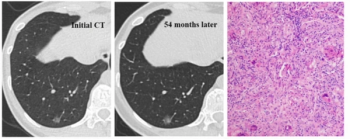
Patients with benign pulmonary absorbable subsolid nodules (AB-SSNs) have a greater frequency of nodules in comparison to those with non-absorbable benign subsolid nodules (NB-SSNs) and patients with malignant subsolid nodules (M-SSNs), according to a recent study of follow-up non-contrast CT exams in over 400 patients.

Modifications to the radiology workflow, including the use of a structured report template, improved adherence for 30-minute turnaround times for acute stroke head CT results from 73.2 percent to 95.6 percent, accordingly to new research.
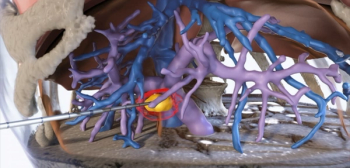
The BioTraceIO software reportedly facilitates visualization of liver tumor ablation procedures based on real-time ultrasound imaging and provides superior post-op estimates of ablation zone volume in comparison to computed tomography.

Catch up on the top radiology content of the past week.
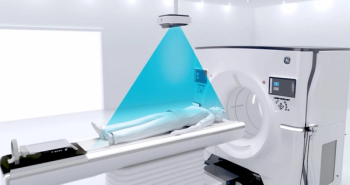
Given the essential role of X-ray filtration in computed tomography (CT) systems, this author discusses key principles and emerging advances with filters and spectral shaping to facilitate quality imaging and optimal radiation dosing.
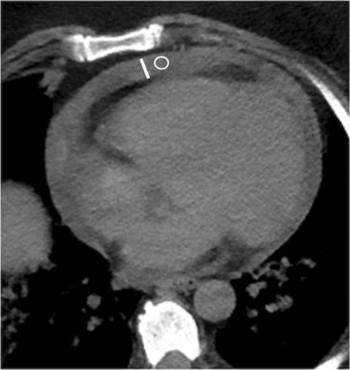
The presence of pericardial effusion on chest computed tomography (CT) was associated with a 56 percent higher 30-day mortality risk in men with COVID-19 but had no impact on the prognosis for women with COVID-19, according to newly published research.

Touching on a variety of topics in radiology, here are the top five most well-viewed content from Diagnostic Imaging in 2023.

Catch up on the most well-read computed tomography (CT) articles from 2023.
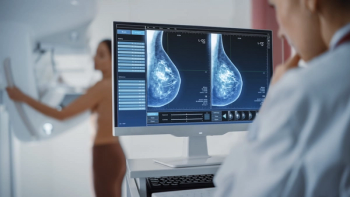
In a study examining the potential of the large language models ChatGPT-4 and Bard to follow ACR Appropriateness Criteria for breast cancer, lung cancer, ovarian cancer and colorectal cancer screening, researchers noted “impressive accuracy in making radiologic clinical decisions.”

Catch up on the top radiology content of the past week.

Catch up on the top AI-related news and research in radiology over the past month.

People who smoke marijuana and cigarettes have 12 times the risk for centrilobular emphysema than non-smokers, according to new computed tomography (CT) research presented at the annual Radiological Society of North America (RSNA) conference.
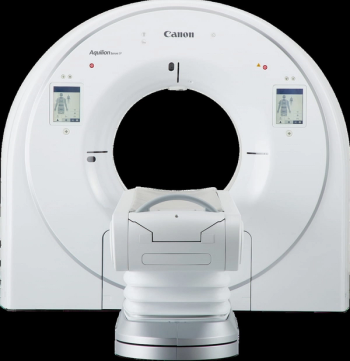
The Aquilion ONE/Insight Edition and Aquilion Serve SP computed tomography (CT) systems reportedly offer enhanced deep learning reconstruction and intuitive workflow efficiencies.

Catch up on the top radiology content of the past week.

With algorithms utilized in aerospace technology, the CT LVAS software reportedly provides enhanced assessment of regional airflow and lung ventilation.
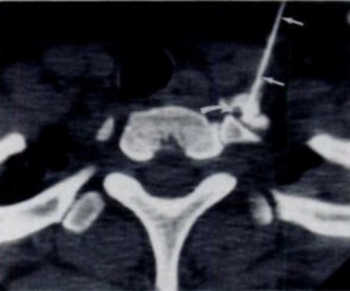
Utilizing computed tomography (CT) guidance, researchers have found that performing a minimally invasive anesthetic injection into the stellate ganglia may help address parosmia due to COVID-19, according to study results that will be presented at the annual Radiological Society of North America (RSNA) conference next week.

The artificial intelligence (AI)-powered technology reportedly offers decreased noise magnitude while enhancing image reconstruction for cardiovascular computed tomography (CT) scanners.

Catch up on the top radiology content of the past week.
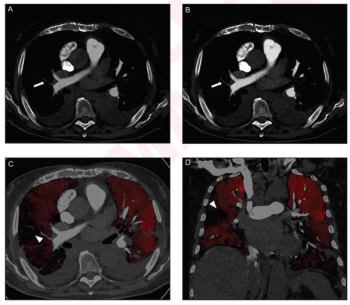
Performing computed tomography pulmonary angiography (CTPA) with a high-pitch photon counting detector (PCD) offers enhanced signal-to-noise ratio (SNR) and contrast-to-noise ratio (CNR) at a reduced radiation dose in comparison to employing an energy-integrating detector (EID), according to new research.

Offering a combination of simplified and personalized scanning for patients at significantly lower lifecycle costs than other dual-source CT systems, the Somatom Pro.Pulse may be a viable option for smaller rural facilities and outpatient imaging centers.
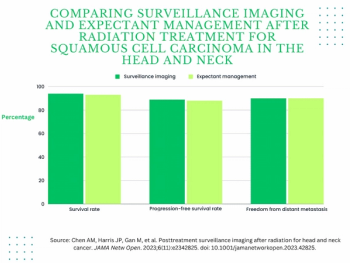
For patients who had a complete metabolic response to radiation treatment for head and neck cancer, the authors of a recent study found that surveillance imaging with PET/CT, MRI or CT did not improve outcomes in comparison to expectant management.

Catch up on the top radiology content of the past week.
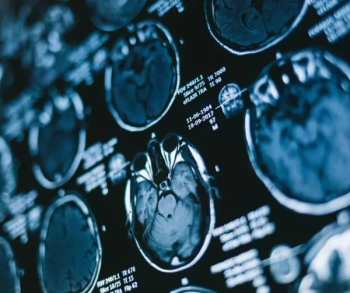
Noting that initial imaging sensitivity is a key factor in cost-effectiveness for patients who do not require acute treatment for dizziness, researchers found that specialized MRI (including multiplanar high-resolution DWI) provided the most benefit in a comparative trial of neuroimaging modalities.
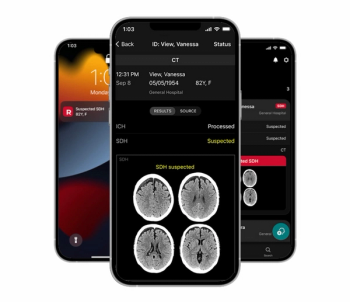
The Rapid SDH module on the RapidAI platform reportedly offers a sensitivity rate of 93 percent for detection of hemispheric subdural hematoma on non-contrast computed tomography (CT) scans.